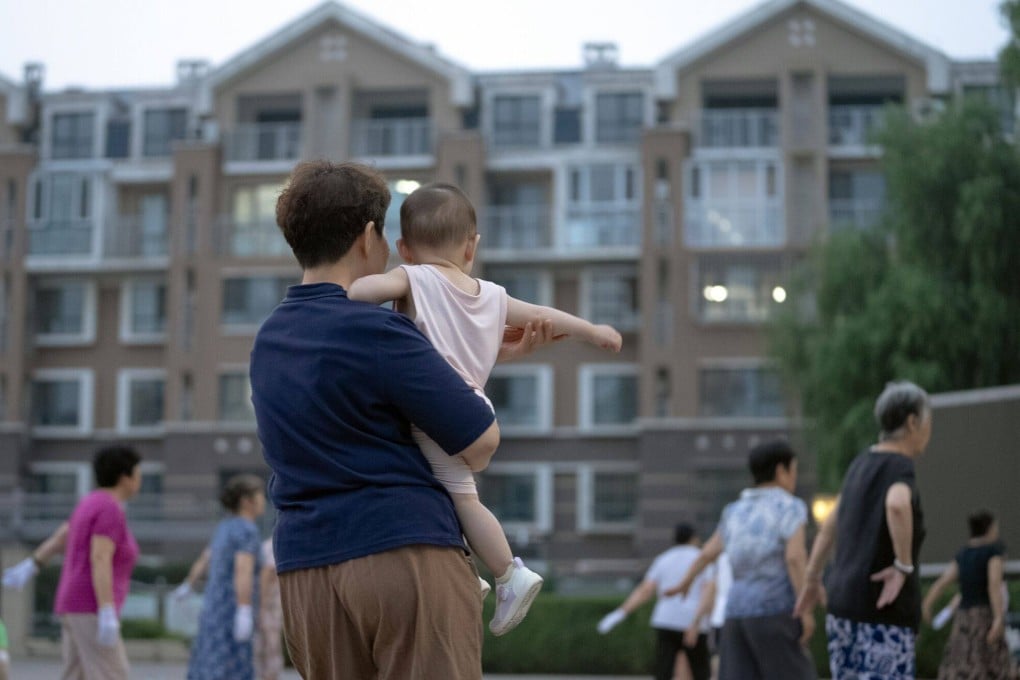Advertisement
Opinion | Solutions to China’s birth rate problem don’t lie in Japan’s playbook
- Japan’s expensive, inefficient approach will not get China back on the right track, and neither will the coercion of the one-child policy
Reading Time:4 minutes
Why you can trust SCMP
2

After the fiasco of the selective two-child policy, the universal two-child policy and the three-child policy, China introduced new policies at the third plenum of the Communist Party’s 20th Central Committee to address population ageing and the country’s declining birth rate.
Advertisement
These policies include lowering the cost of childbirth, parenting and education, providing couples with children with childbirth subsidies, tax breaks, affordable childcare and possibly longer parental leave.
In fact, the Japanese government has already done what China’s government intends to do. Japan’s approach has proved expensive and inefficient, temporarily boosting the total fertility rate – the number of births expected in a woman’s reproductive lifetime – from 1.26 births per woman in 2005 to 1.45 in 2015 before it slid back down to 1.2 in 2023. China, which is getting old before it gets rich, does not have the financial resources to fully follow Japan’s path.
The decline in the fertility rate is inevitable, like a giant rock rolling down a hill. The one-child policy accelerated the process, and now the giant rock is at the foot of the hill. It will be very difficult to move it back uphill. China’s fertility rate was only about 1 birth per woman last year, less than half of the replacement level of 2.1. Shanghai’s fertility rate was 0.6, well below the 0.72 which has made South Korea the country with the world’s lowest fertility rate.
China’s efforts to boost its fertility rate face three major challenges: economic, physical and cultural. Economically, the one-child policy reshaped China’s socioeconomic landscape, dramatically increasing the cost of raising children.
For example, household disposable income as a share of GDP is 73 per cent in the United States and about 55 per cent in Japan but only 44 per cent in China, making it harder for ordinary Chinese families to raise a child. China’s housing market was valued at more than four times the country’s GDP in 2020, compared with almost 1.6 times in the US and 2.1 times in Japan.

Advertisement
